Nano fertilizers using nanoparticles can control or delay university of micronutrient uptake in the plant, while absorbing more easily, affecting production rate and even in certain situations, and can be effective against unexpected events such as drought. Due to the fact that most of our soils are calcareous and as most of the crops such as grapes are cultivated and cultivated in these soils, proper fertilizer application and timely use of fertilizers for sustainable production is inevitable Be it.Nano fertilizers in agriculture have a colorful role.
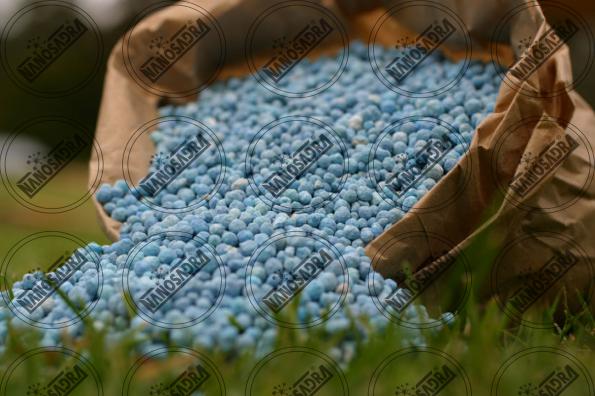
What are the different types of nano fertilizers?
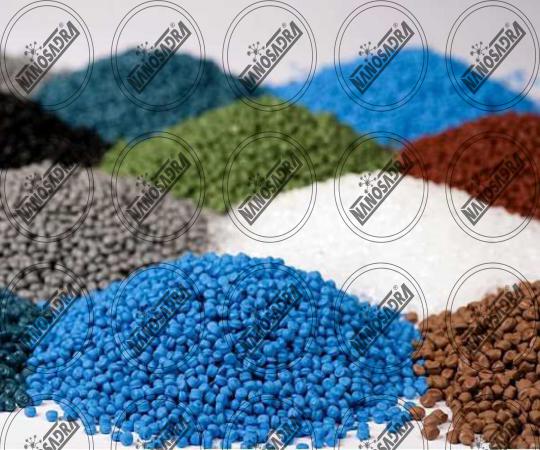 Nano-fertilizers differ in terms of inherent properties such as color, strength, corrosion resistance to non-nano-fertilizers. These fertilizers have a great impact on the following:
Nano-fertilizers differ in terms of inherent properties such as color, strength, corrosion resistance to non-nano-fertilizers. These fertilizers have a great impact on the following:
- Photosynthesis
- Chlorophyll content
- Increase leaf area
- Increased resistance
Against environmental stresses and enriching crops.Nano fertilizers are a good alternative to chemical fertilizers. They classify the fertilizers into two groups of white and black based on color and consider adding such fertilizers to the soil to produce a sufficient product. However, continuous use of these two fertilizer groups will weaken the soil and destroy the micronutrients that affect the quality and quantity of the crop.
In contrast, nanotechnology, although not long-lived, is currently used in most industries such as pharmaceuticals, industrial technologies, and agriculture; in fact, nano fertilizers are able to provide chelated elements gradually and over a long period of time. The plant should not be deficient in nutrients during the growing season.You can find nano fertilizer examples on these sales sites.
How to use nano fertilizers?
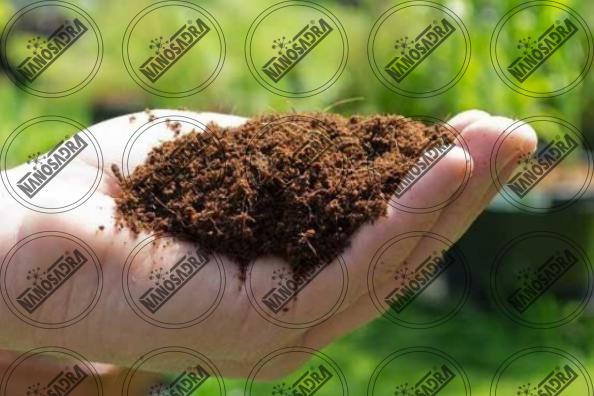 The longer the life of the earth, the greater the population and the less resources. We are now at a time when the importance of optimally using energy is greater than ever. Nanotechnology is one of the technologies that has put us at the forefront of energy-efficient solutions. Nanotechnology, as the science of designing materials in the ultra-small structure, is poised to offer a promising solution in the field of plant growth. This branch of science called “precision farming” helps farmers optimally use water, fertilizer and other inputs using nanotechnology. Precision farming, meanwhile, produces less waste.At present, nanoscale experiments in agriculture have been carried out on a laboratory scale and synthesized nanoparticles that are effective as fertilizers in plant growth.Using this approach can reduce the consumption of conventional fertilizers. Because fertilizer production uses a lot of energy, using nanotechnology can save on mineral resources and energy consumption. However, under these conditions water pollution also decreases and plants can enjoy more valuable nutrition.
The longer the life of the earth, the greater the population and the less resources. We are now at a time when the importance of optimally using energy is greater than ever. Nanotechnology is one of the technologies that has put us at the forefront of energy-efficient solutions. Nanotechnology, as the science of designing materials in the ultra-small structure, is poised to offer a promising solution in the field of plant growth. This branch of science called “precision farming” helps farmers optimally use water, fertilizer and other inputs using nanotechnology. Precision farming, meanwhile, produces less waste.At present, nanoscale experiments in agriculture have been carried out on a laboratory scale and synthesized nanoparticles that are effective as fertilizers in plant growth.Using this approach can reduce the consumption of conventional fertilizers. Because fertilizer production uses a lot of energy, using nanotechnology can save on mineral resources and energy consumption. However, under these conditions water pollution also decreases and plants can enjoy more valuable nutrition.
What are used in manufacturing process of nano fertilizers?
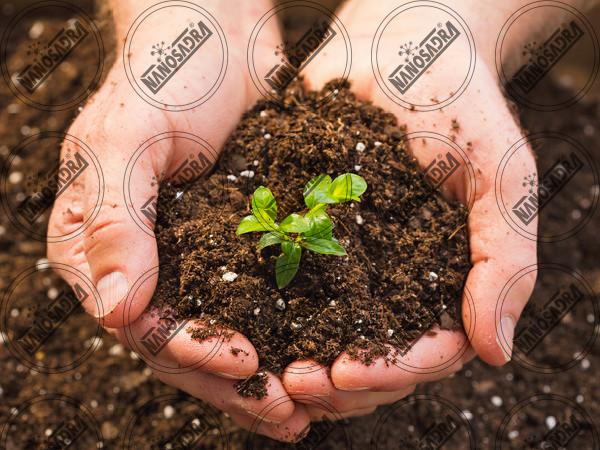 Due to the harmful effects of conventional fertilizers on the environment and food quality, their use has long been criticized. By using nanocomposites as a substitute for conventional fertilizers, fertilizer nutrients are gradually released into the soil in a controlled manner, thereby preventing the phenomenon of swamping of stationary waters and contamination of drinking water. In fact, nanotechnology has opened up new opportunities to increase the efficiency of nutrient consumption and minimize environmental protection costs.nano fertilizer preparation for agriculture You should ask the experts.Nano nutrients for agriculture should be prepared from:
Due to the harmful effects of conventional fertilizers on the environment and food quality, their use has long been criticized. By using nanocomposites as a substitute for conventional fertilizers, fertilizer nutrients are gradually released into the soil in a controlled manner, thereby preventing the phenomenon of swamping of stationary waters and contamination of drinking water. In fact, nanotechnology has opened up new opportunities to increase the efficiency of nutrient consumption and minimize environmental protection costs.nano fertilizer preparation for agriculture You should ask the experts.Nano nutrients for agriculture should be prepared from:
- Dealers of these products
- Sites selling these products
- Wholesale of nano-fertilizers
Why nano fertilizers are so important?
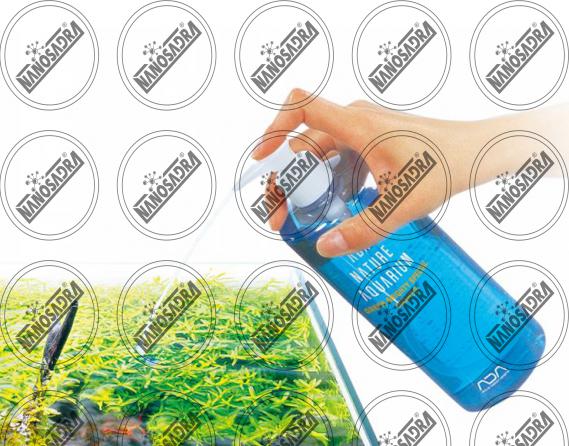 Layered nanomaterials – such as bilayer hydroxides, double hydroxy salts, and clays – are in the range of green materials due to their compatibility and biological applications. Over the years, layered nanomaterials have been used as a protector or model for industrial chemical processes, and more attention is now being paid to the biological applications of these nanomaterials – such as biomolecular sources and use in agriculture as modifiers and nutrients. The use of layer nanomaterials as nutrient carriers as well as coatings controlling the release of chemical fertilizers are the latest achievements of researchers in the field of using these nanomaterials in agriculture.You have to do fertilizer storage in dedicated warehouses.
Layered nanomaterials – such as bilayer hydroxides, double hydroxy salts, and clays – are in the range of green materials due to their compatibility and biological applications. Over the years, layered nanomaterials have been used as a protector or model for industrial chemical processes, and more attention is now being paid to the biological applications of these nanomaterials – such as biomolecular sources and use in agriculture as modifiers and nutrients. The use of layer nanomaterials as nutrient carriers as well as coatings controlling the release of chemical fertilizers are the latest achievements of researchers in the field of using these nanomaterials in agriculture.You have to do fertilizer storage in dedicated warehouses.

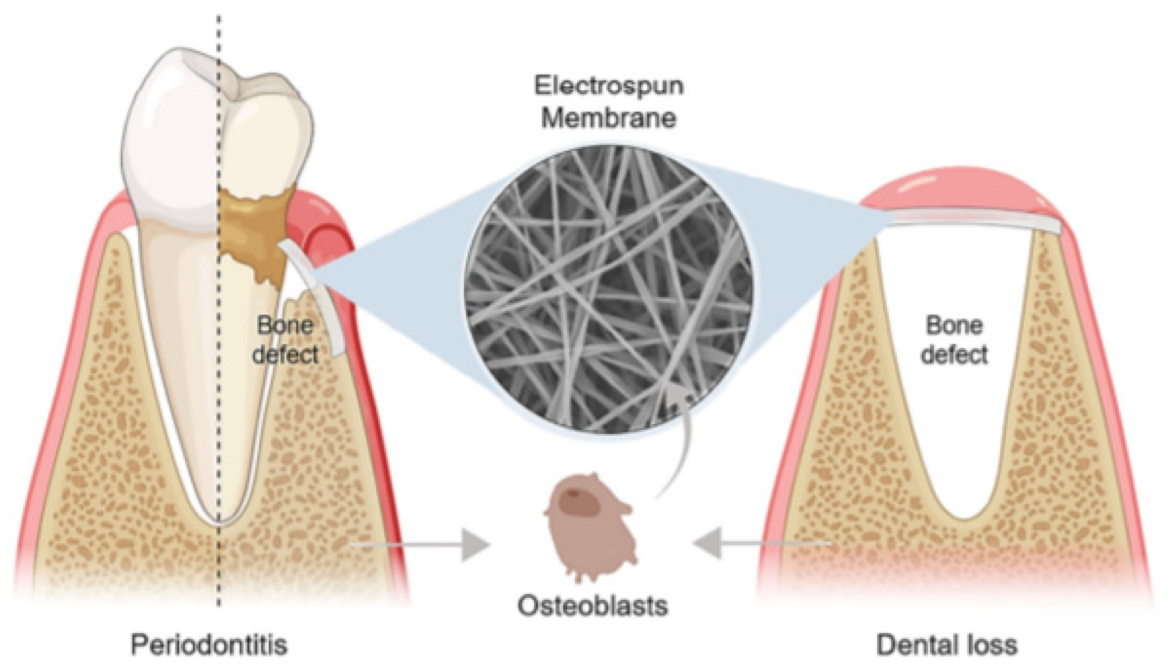
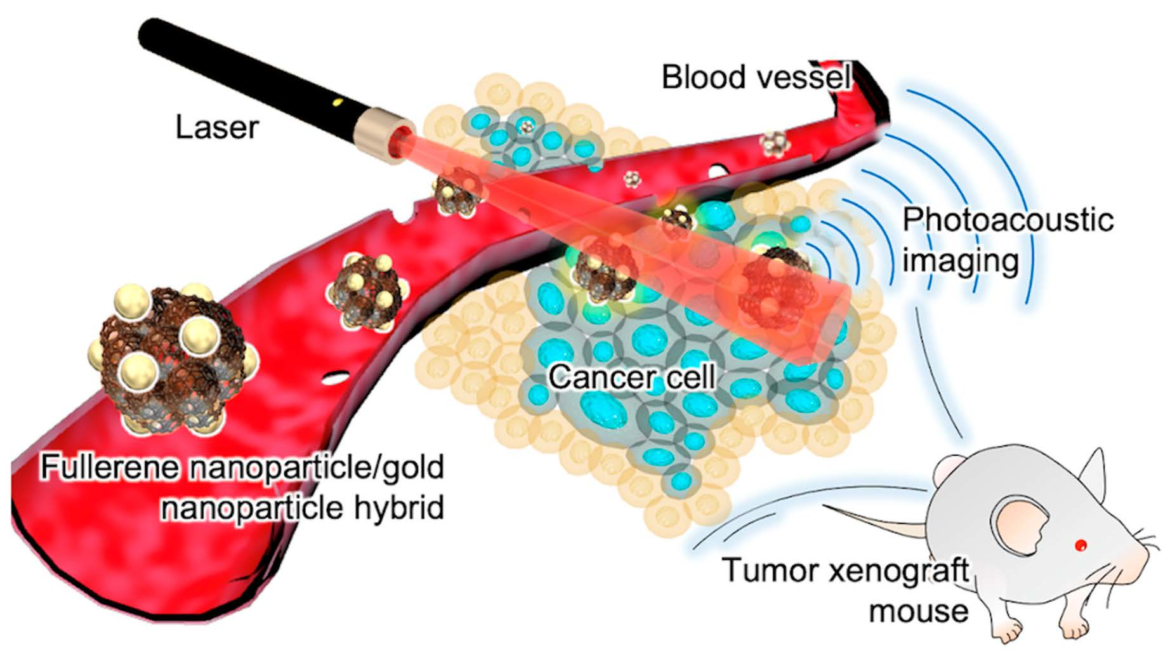
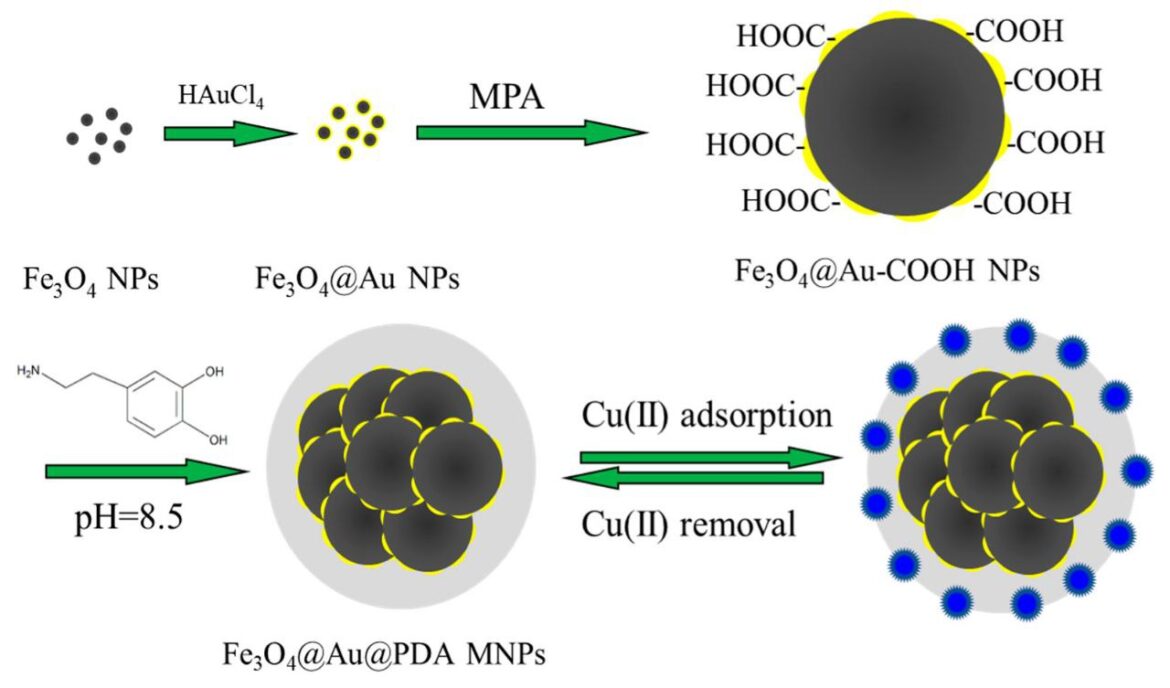

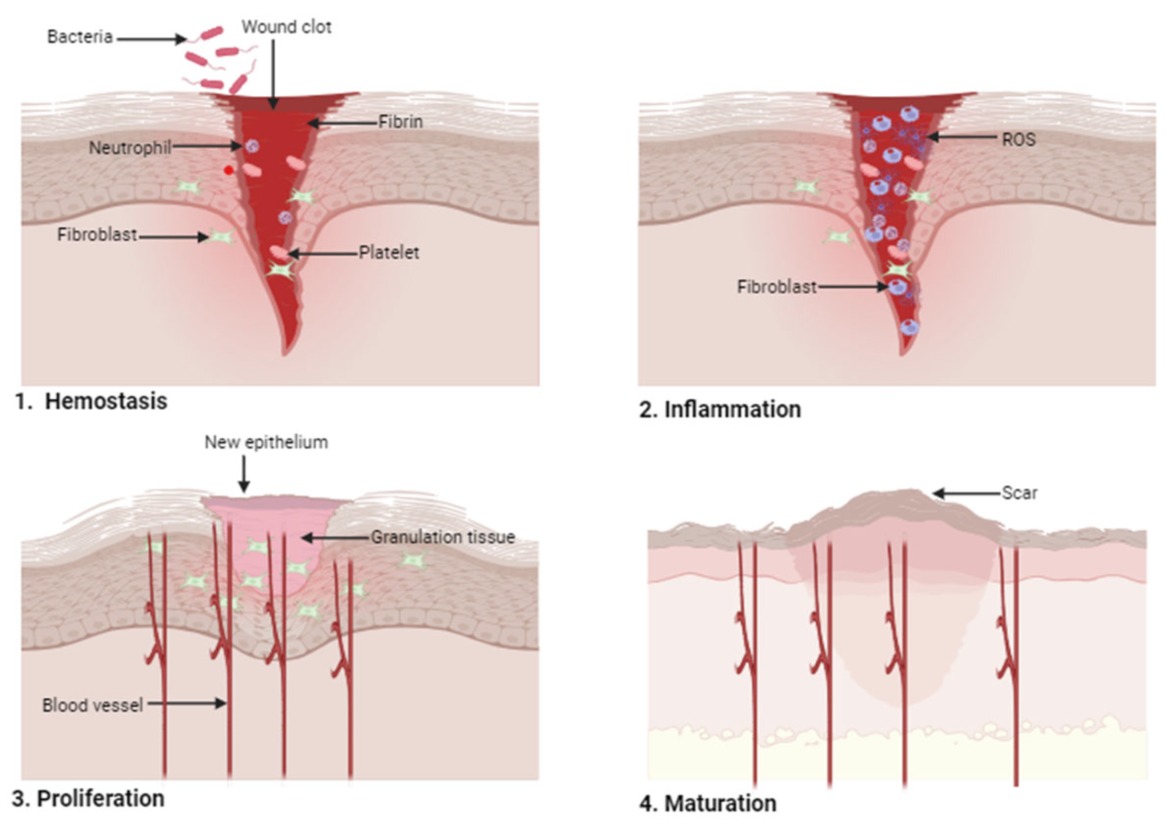
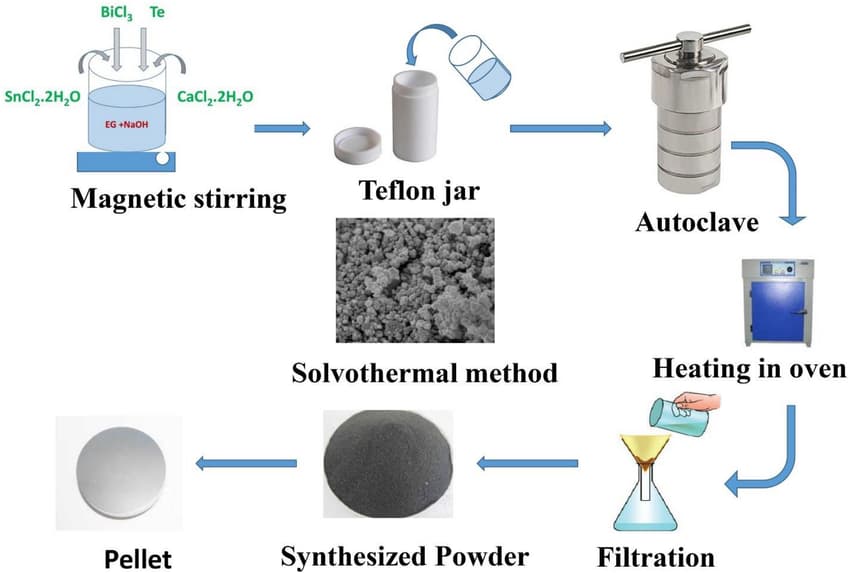
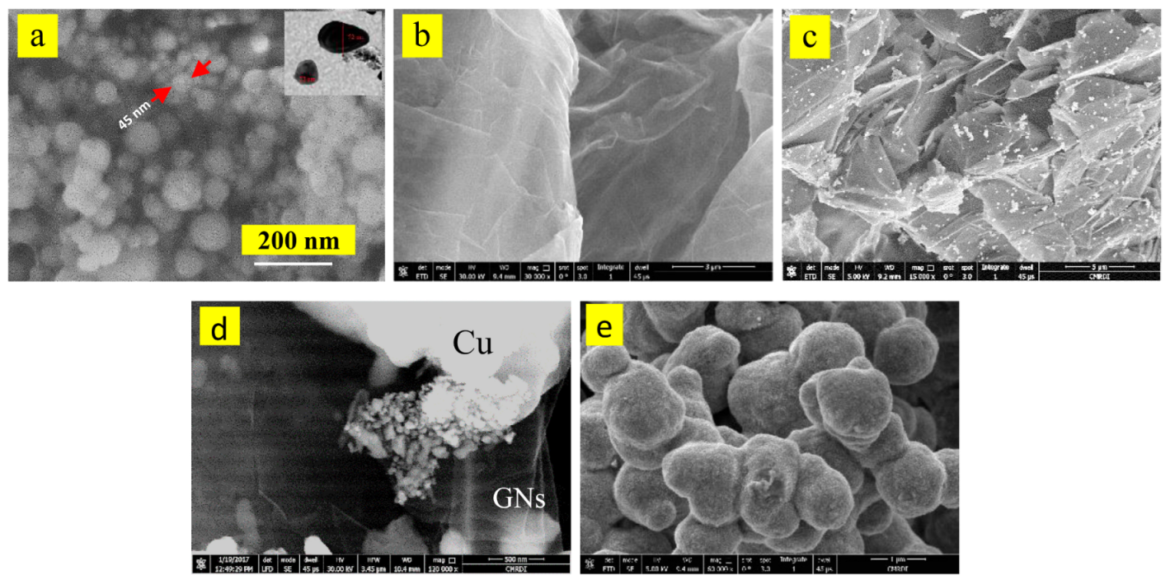
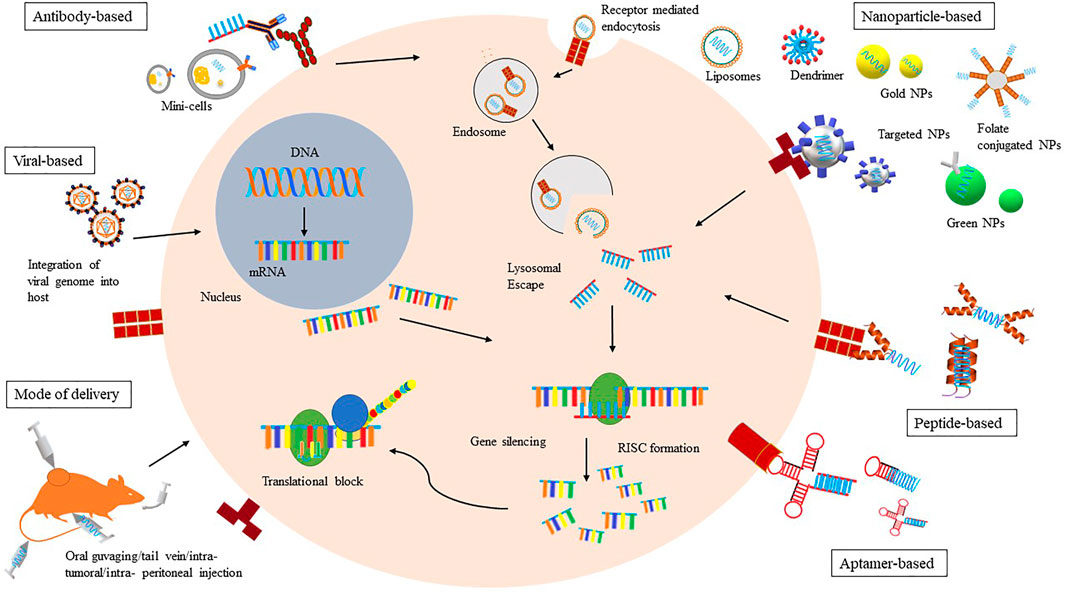
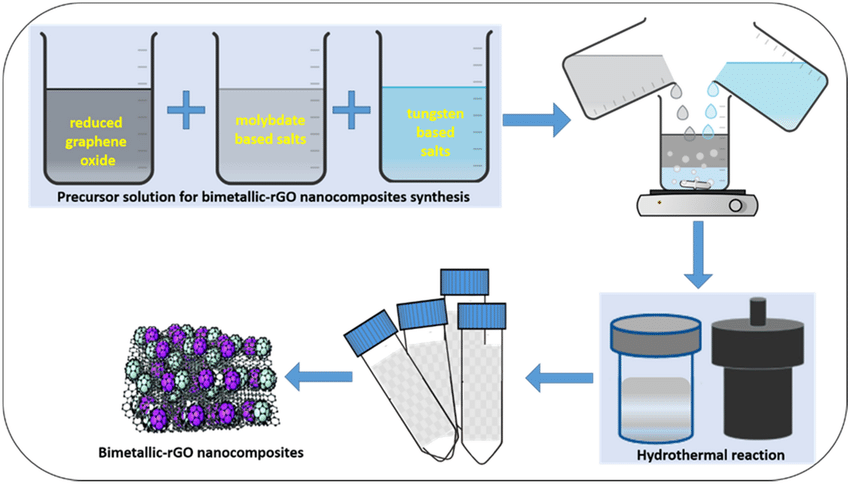

Your comment submitted.